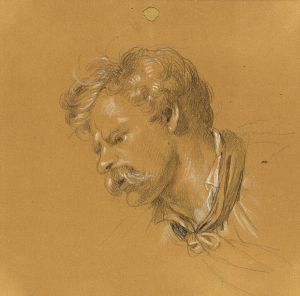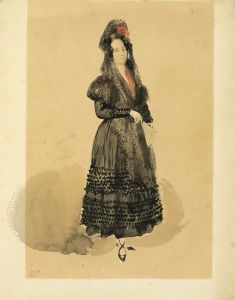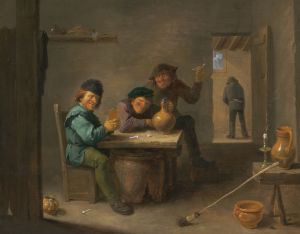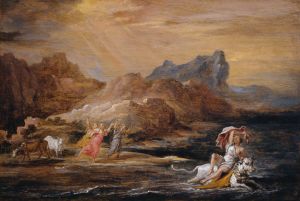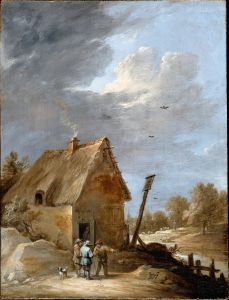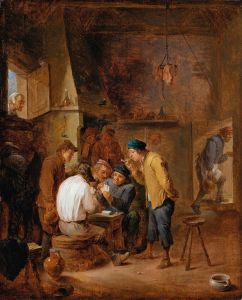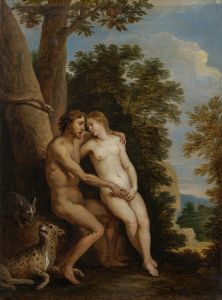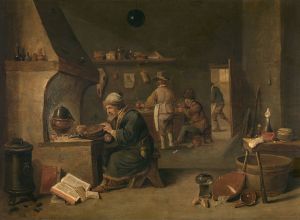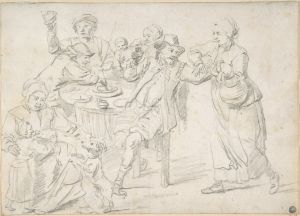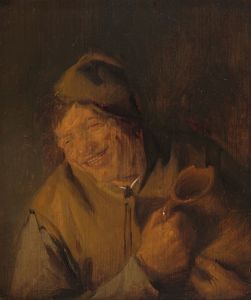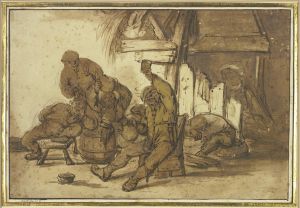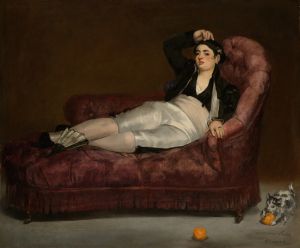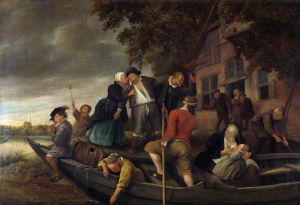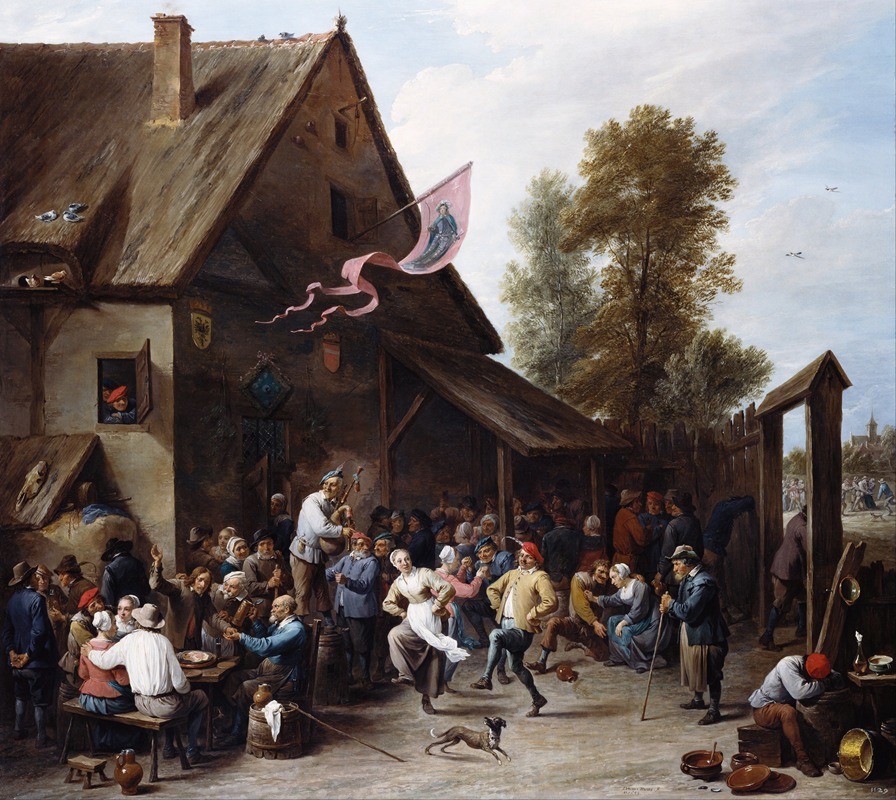
Kermis on St George’s Day
A hand-painted replica of David Teniers The Younger’s masterpiece Kermis on St George’s Day, meticulously crafted by professional artists to capture the true essence of the original. Each piece is created with museum-quality canvas and rare mineral pigments, carefully painted by experienced artists with delicate brushstrokes and rich, layered colors to perfectly recreate the texture of the original artwork. Unlike machine-printed reproductions, this hand-painted version brings the painting to life, infused with the artist’s emotions and skill in every stroke. Whether for personal collection or home decoration, it instantly elevates the artistic atmosphere of any space.
David Teniers the Younger was a prominent Flemish painter in the 17th century, known for his genre scenes, landscapes, and depictions of peasant life. One of his notable works is "Kermis on St George’s Day," which exemplifies his skill in capturing the vibrancy and spirit of local festivities. Teniers was born in Antwerp in 1610 and was part of a family of artists, with his father, David Teniers the Elder, also being a painter. Teniers the Younger became a master in the Antwerp Guild of Saint Luke in 1632-33 and later moved to Brussels, where he served as a court painter to Archduke Leopold Wilhelm of Austria.
"Kermis on St George’s Day" is a painting that reflects the lively atmosphere of a kermis, a traditional fair or festival held in the Low Countries. These events were often associated with religious feast days and were characterized by music, dancing, games, and various forms of entertainment. St. George’s Day, celebrated on April 23rd, was one such occasion that provided an opportunity for communal gathering and celebration.
In this painting, Teniers captures the essence of a kermis with meticulous attention to detail and a keen observation of human behavior. The composition is bustling with activity, depicting a diverse crowd engaged in various forms of merriment. Teniers' use of color and light enhances the festive mood, while his detailed rendering of figures and costumes provides insight into the customs and social dynamics of the time.
Teniers was known for his ability to depict scenes with a sense of realism and humor, often highlighting the jovial and sometimes chaotic nature of peasant life. His paintings frequently included elements of satire and moral commentary, although "Kermis on St George’s Day" primarily focuses on the joyous aspects of the celebration. The painting is a testament to Teniers' mastery in capturing the spirit of his subjects and his ability to convey the lively atmosphere of communal festivities.
The work of David Teniers the Younger was highly regarded during his lifetime, and he enjoyed considerable success and patronage. His paintings were sought after by collectors and nobility, and his influence extended beyond the borders of the Spanish Netherlands. Teniers' contribution to the genre of peasant scenes and his role in the development of Flemish Baroque painting have been recognized by art historians, and his works continue to be studied and appreciated for their artistic and historical significance.
"Kermis on St George’s Day" is an example of Teniers' ability to blend genre painting with elements of landscape and portraiture, creating a dynamic and engaging composition. The painting serves as a valuable historical document, offering a glimpse into the cultural and social life of 17th-century Flanders. Through his art, Teniers not only entertained his contemporaries but also provided future generations with a vivid portrayal of the traditions and festivities that were an integral part of his society.





